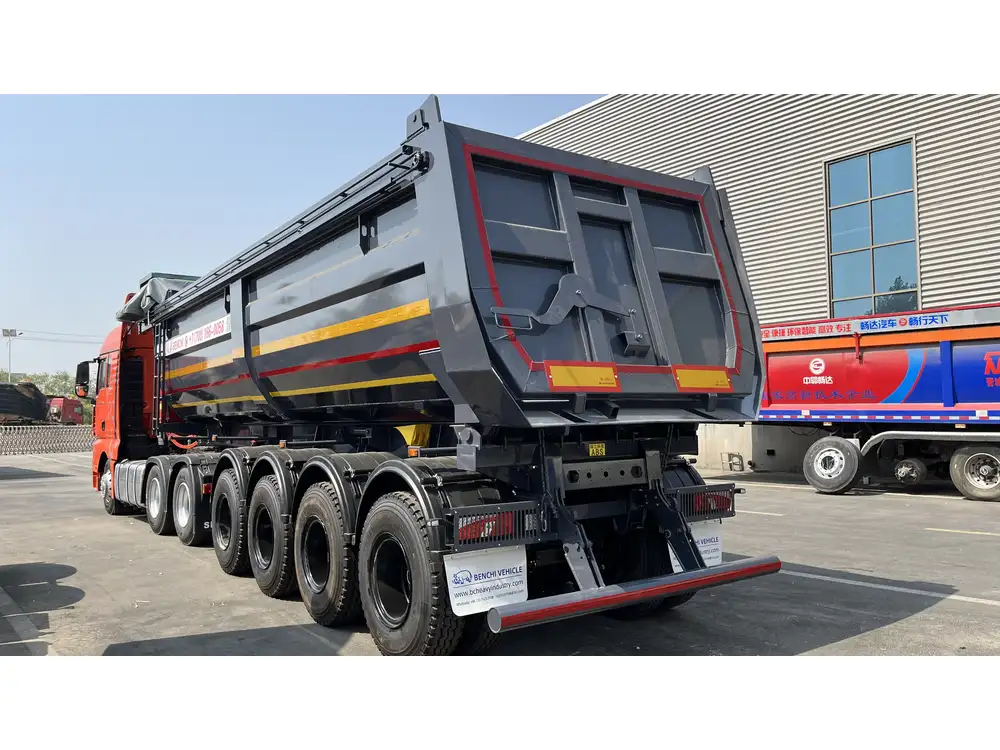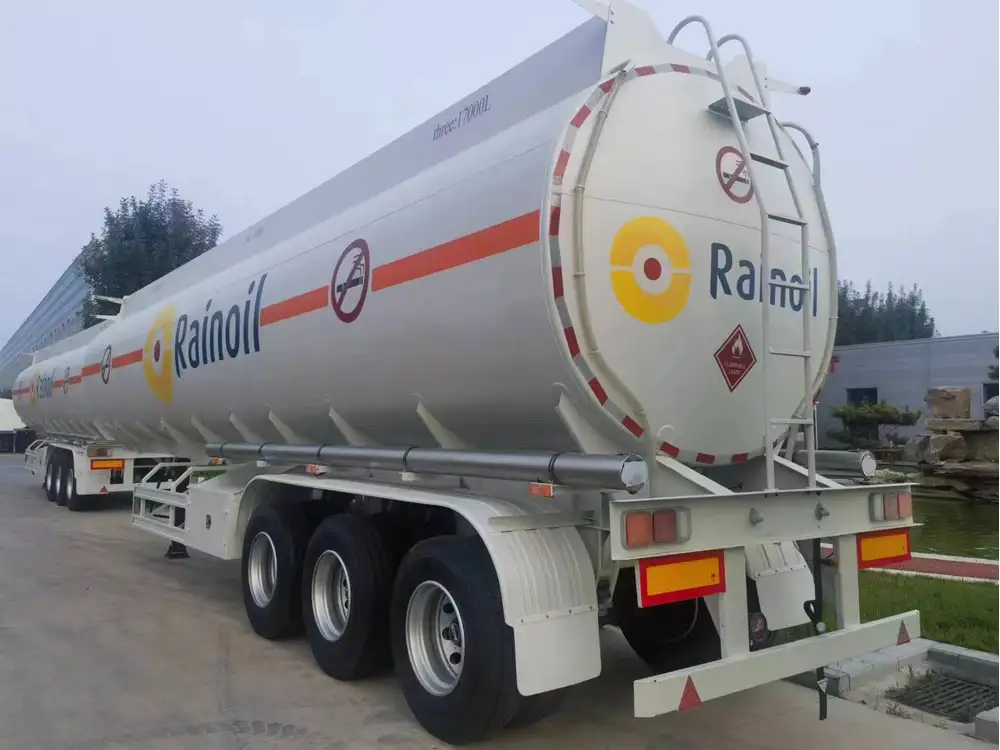When it comes to transporting heavy-duty vehicles, the question arises: Will a dually truck fit on a flatbed trailer? The answer may seem straightforward; however, there are several factors to consider when determining the feasibility and safety of loading a dually on a flatbed trailer. This guide will delve into the specifics, providing a comprehensive overview that takes into account dimensions, weight capacities, and safety considerations.
Understanding Dually Trucks
Dually trucks, characterized by dual rear wheels on each side of the axle, are designed for enhanced towing and hauling capabilities. These trucks are often utilized in industries such as construction, farming, or for recreational purposes, owing to their ability to handle heavy loads. Here’s a breakdown of the key features of dually trucks:
| Feature | Details |
|---|---|
| Wheel Configuration | Dual rear wheels for increased stability |
| Towing Capacity | Generally ranges from 10,000 to 35,000 lbs |
| Load Capacity | Typically high due to reinforced suspension |
| Length | Average length between 20-24 feet |
The unique design of dually trucks offers significant advantages in terms of stability and load management but also introduces complexities when it comes to transportation.
Flatbed Trailers Explained
Flatbed trailers are a common choice for transporting various types of cargo, including vehicles. They are notable for their versatility and ease of loading and unloading. Here’s an overview of flatbed trailers:
| Feature | Details |
|---|---|
| Design | Flat surface, no sides or roof |
| Usable Length | Ranges from 20 to 53 feet |
| Usable Width | Usually 8.5 feet |
| Weight Capacity | Typically between 48,000 to 65,000 lbs |
Flatbed trailers come in various sizes and configurations, making it essential to select the appropriate type for the transport of a dually truck.

Dimensions and Weight Considerations
To determine whether a dually truck will fit on a flatbed trailer, you must consider both the dimensions of the truck and the specifications of the trailer itself.
Average Dimensions of Dually Trucks
Dually trucks are generally larger than regular trucks due to their wider rear axle configuration. The average dimensions often look like this:
| Measurement | Average Range |
|---|---|
| Length | 20 to 24 feet |
| Width | Up to 8.5 feet (including mirrors) |
| Height | 6 to 7 feet |
| Weight | 6,000 to 12,000 lbs (without cargo) |
Flatbed Trailer Dimensions
Existing flatbed trailers come in various sizes. Standard dimensions typically include:
| Trailer Size | Usable Length | Width | Weight Capacity |
|---|---|---|---|
| 20 ft | 20 ft | 8.5 ft | Approx. 48,000 lbs |
| 40 ft | 40 ft | 8.5 ft | Approx. 60,000 lbs |
| 53 ft | 53 ft | 8.5 ft | Approx. 65,000 lbs |

Compatibility Analysis
- Length: A standard flatbed trailer must be at least 20 feet long to accommodate a dually truck effectively.
- Width: The truck’s width must not exceed the trailer’s width. Standard dually trucks may take up to 8.5 feet.
- Weight: Ensure that the gross weight of the truck, including additional cargo, does not surpass the trailer’s weight capacity.
Safety Considerations When Transporting Dually Trucks
Transporting a dually truck on a flatbed trailer requires strict adherence to safety protocols to avoid accidents and damage during transit.
Proper Loading Techniques
- Positioning: Center the dually truck on the flatbed trailer to maintain balance.
- Use Ramps: Ensure sturdy ramps are used to load and unload the truck safely.
- Securing the Load: Utilize chains or ratchet straps to secure the truck effectively. Fasten to designated tie-down points to distribute weight evenly.

Weight Distribution
Preventing excess weight on one side of the trailer is crucial. If the weight distribution is uneven, it may lead to trailer instability, making it hazardous on the road.
| Factors for Weight Distribution | Tips |
|---|---|
| Axle Weight Limit | Ensure weight complies with regulations |
| Load Balance | Place heavier items toward the trailer’s center |
| Tires | Check tire pressure for optimum performance |
Legal Regulations
Upon transporting a dually truck, be mindful of local transport regulations. Permits may be required if over-dimensional or overweight loads are involved. Always consult local laws to ensure compliance.
Advantages of Using a Flatbed Trailer for Dually Trucks
Choosing a flatbed trailer for your dually truck transportation has its benefits:
- Accessibility: Flatbed trailers allow easy loading and unloading without ramps.
- Versatility: They can accommodate various loads beyond vehicles.
- Visibility: The open design of flatbed trailers offers better visibility for loads being transported.

Alternatives to Flatbed Trailers
While a flatbed trailer may be ideal for many, alternatives could also meet transportation needs:
Enclosed Trailers
Key Features
- Protection from Weather: Offers shelter and security for cargo.
- Additional Security: Reduces the risk of theft compared to flatbeds.

Lowboy Trailers
Key Features
- Lower Center of Gravity: Suitable for transporting heavy equipment or taller loads.
- More Stability: Provides enhanced stability due to a lower height.
FAQs: Dually Trucks and Flatbed Trailers

1. Can I use a regular trailer instead of a flatbed for a dually truck?
Using a standard trailer may not be safe or effective due to the dual wheel configuration and weight capacity limitations. Always opt for a flatbed or specialized trailer.
2. What is the maximum load a flatbed trailer can handle?
Most standard flatbed trailers can carry between 48,000 lbs and 65,000 lbs, but checking the manufacturer’s specifications is crucial before loading.
3. How do I calculate the weight of my dually truck for transport?
Utilize a certified scale to weigh the truck, ensuring to account for any cargo or additional equipment.

4. Is it necessary to hire a professional for the transportation of a dually truck?
While knowledgeable individuals can transport vehicles, hiring a professional with experience in heavy-load transportation ensures safety and compliance with regulations.
5. Are there special permits required for transporting a dually truck?
Depending on the size, weight, and local transport regulations, special permits may indeed be required. It’s advised to consult local authorities before transport.
Conclusion
In conclusion, transporting a dually truck on a flatbed trailer is not only feasible; it can be executed safely with careful planning and execution. Understanding the dimensions and weight limits of both the dually truck and the flatbed trailer is vital in ensuring successful transportation. Weighing all options and considering safety regulations will enhance the overall experience and reduce the chance of accidents on the road. By adhering to industry protocols, utilizing the right equipment, and ensuring legal compliance, you can ensure that your dually truck is moved efficiently and safely, regardless of your specific needs.
Are you looking for the best solution to transport your dually truck? Contact us today for expert assistance in choosing the right trailer and learning about our comprehensive range of options tailored for your needs.



